The article discusses new Malay Tiger hormonal products that are distinguished by innovation and high quality. It...
How is the process of increasing muscle mass and strength?
The process and course of muscle growth and strength in a person attending the gym
The development of mass and muscle strength is a complex process in which many body systems participate, including the nervous, endocrine and musculoskeletal system. Regular strength training in the gym is crucial for stimulating this process. In this article, we will discuss the main mechanisms led to muscle hypertrophy and muscle strength.
1. Beginnings of adaptation
Nerve adaptations dominate at the initial stage of strength training. This means that the body learns to effectively activate more motor units and synchronize their work. The result is a significant increase in strength, even without noticeable muscle mass increase.
These adaptations include:
- increasing the recruitment of motor units.
- Improving inter -ness coordination.
- Reduction of protective braking generated by Golgi's tendon organs.
This stage usually lasts from several weeks to 2-3 months of regular training.
2. Muscle hypertrophy
Hypertrophy, i.e. an increase in muscle volume, begins to dominate after a few weeks of training. There are two main types of hypertrophy:
a) myofibrillary hypertrophy
It is responsible for the increase in the amount and density of myofibril in the muscles, which leads to an increase in muscle strength and density. This is the effect of intense loads, such as strength training with weights in the range of 3-6 repetitions.
b) sarcoplasmic hypertrophy
It involves increasing the volume of sarcoplasm, i.e. the fluid of the muscle cytoplasm. This type of hypertrophy is associated with training with a higher number of repetitions (8-12) and a larger range of time under tension.
The mechanisms responsible for hypertrophy include:
- Muscle microtatics: Intensive training causes minor damage in muscle structures. During regeneration, the body rebuilds muscle tissue, making it larger and stronger.
- Stimulation of anabolic proteins: Strength training activates signaling routes such as MTOR, which are responsible for protein synthesis.
- Increase in the level of anabolic hormones: hormones such as testosterone, growth hormone and IGF-1 support the process of the reconstruction and growth of muscle tissue.
3. The role of regeneration
Regeneration is a key element in the muscle building process. During sleep and rest, the body rebuilds damaged muscle fibers and strengthens them.
Key elements of regeneration:
- Sleep **: deep sleep supports the secretion of growth hormone.
- Nutrition **: proteins, carbohydrates and fats provide the necessary ingredients for reconstruction.
- supplementation **: creatine, BCAA, and B vitamins can support the regeneration process.
4. Long -term effects
With properly programmed training and regeneration, the muscles gradually grow in strength and volume. However, it is important to avoid stagnation by changes in the training plan, such as:
- Progressive overloading.
- change of repetition range.
- introducing new exercises.
Summary
The process of muscle and strength development in people attending the gym is multi -stage, including nerve adaptations, hypertrophy and regeneration. The key elements are regularity, appropriate loads, diet and rest. Remember that each body is different, so adapting the training plan to individual needs is necessary to achieve the best results.
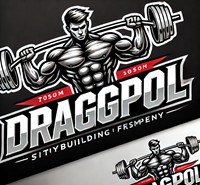
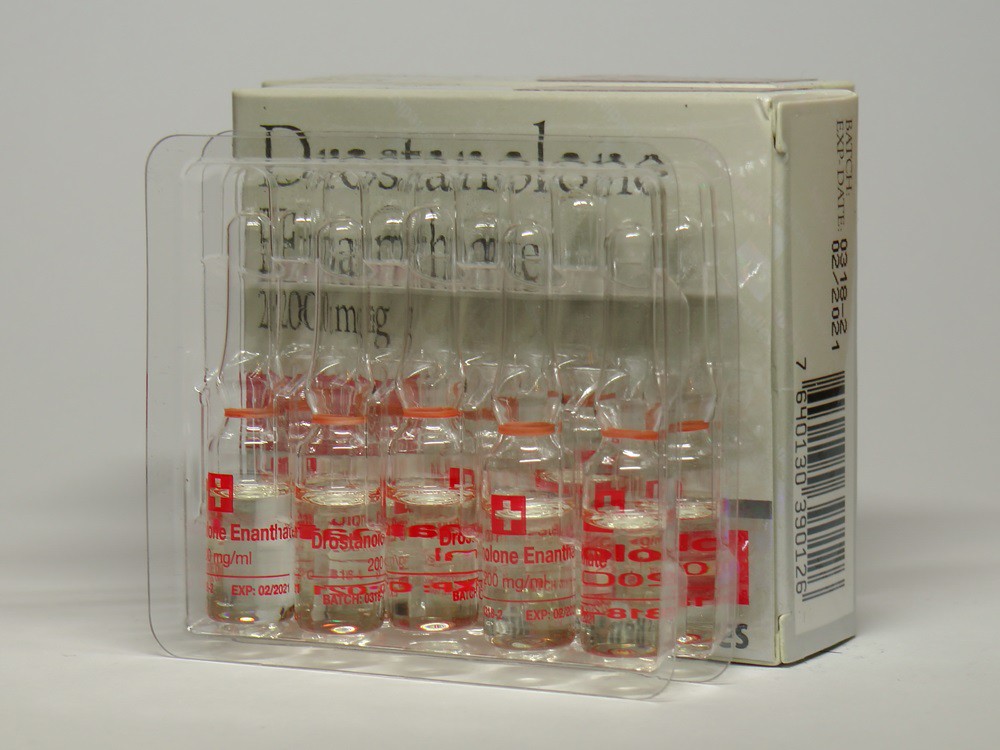
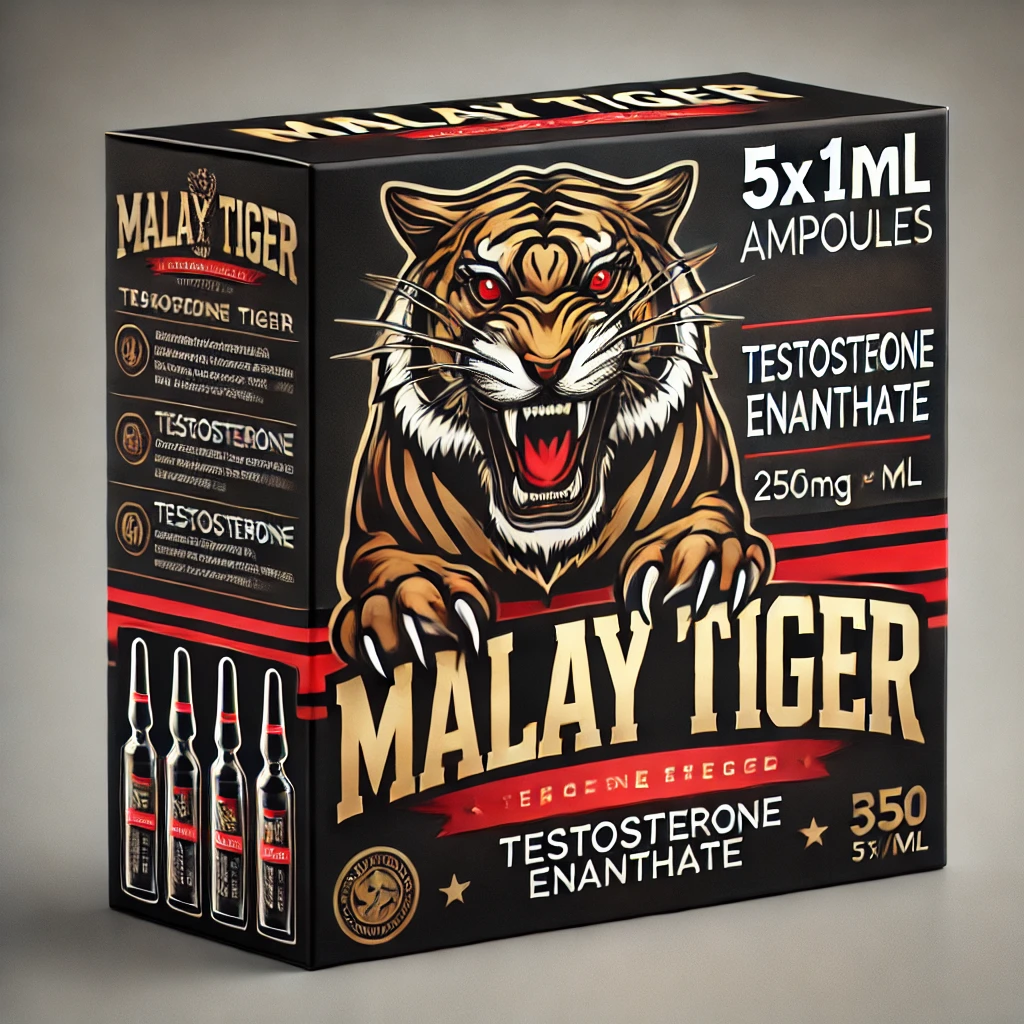
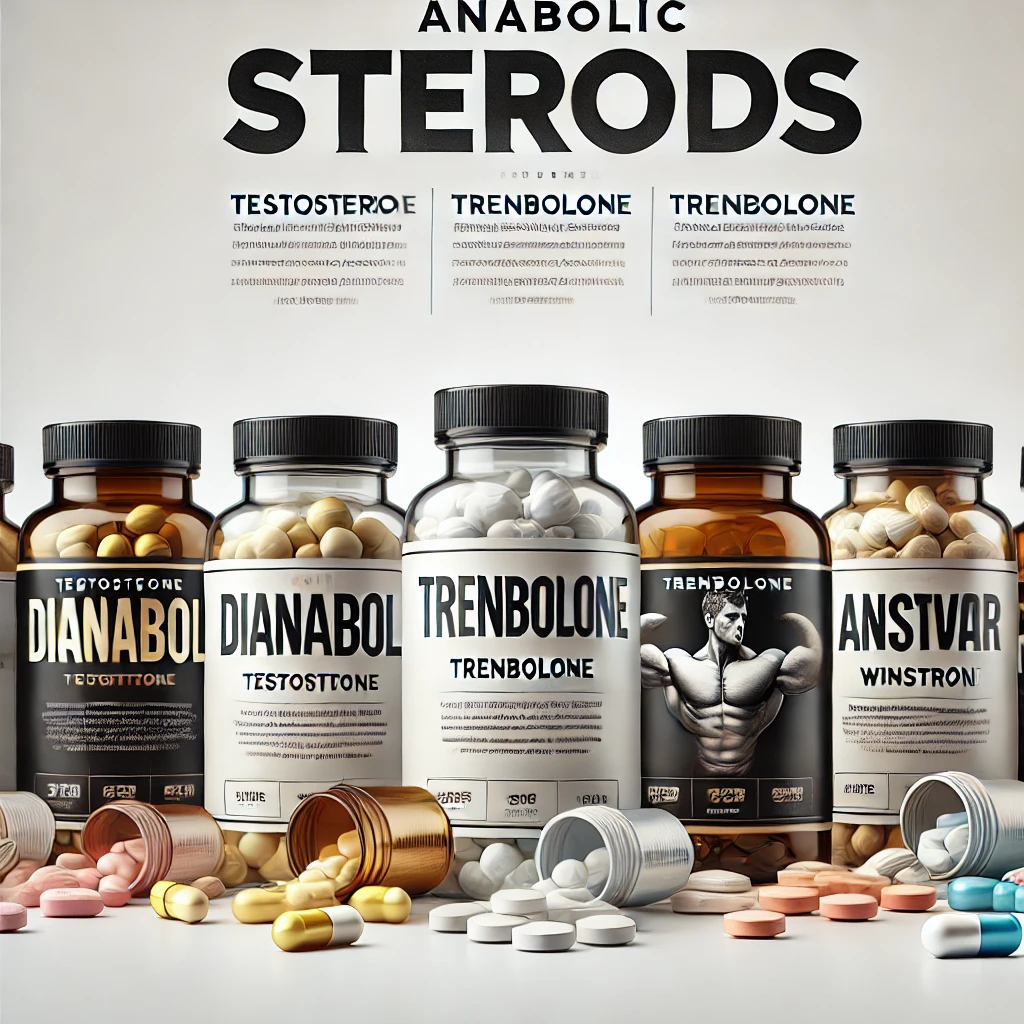
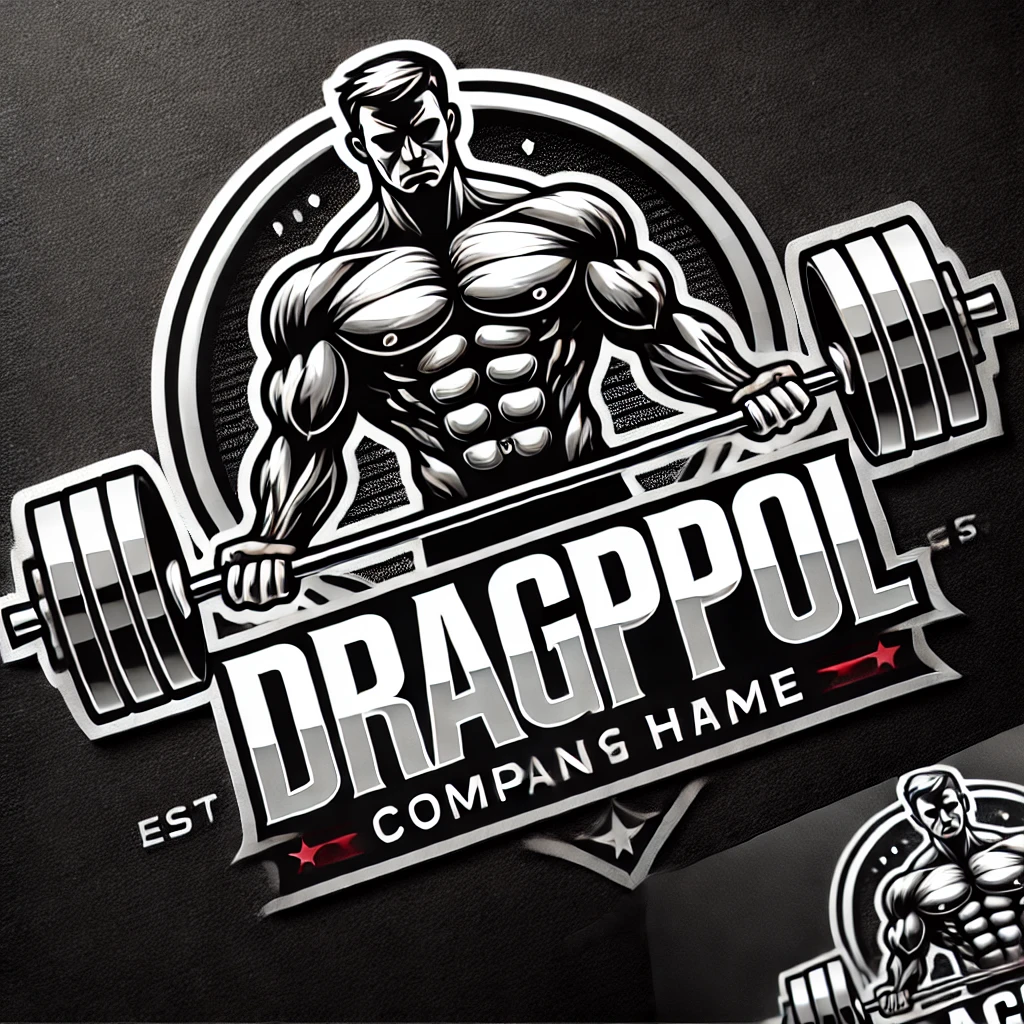
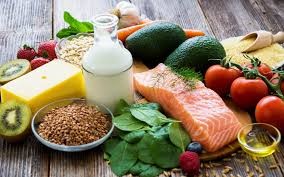
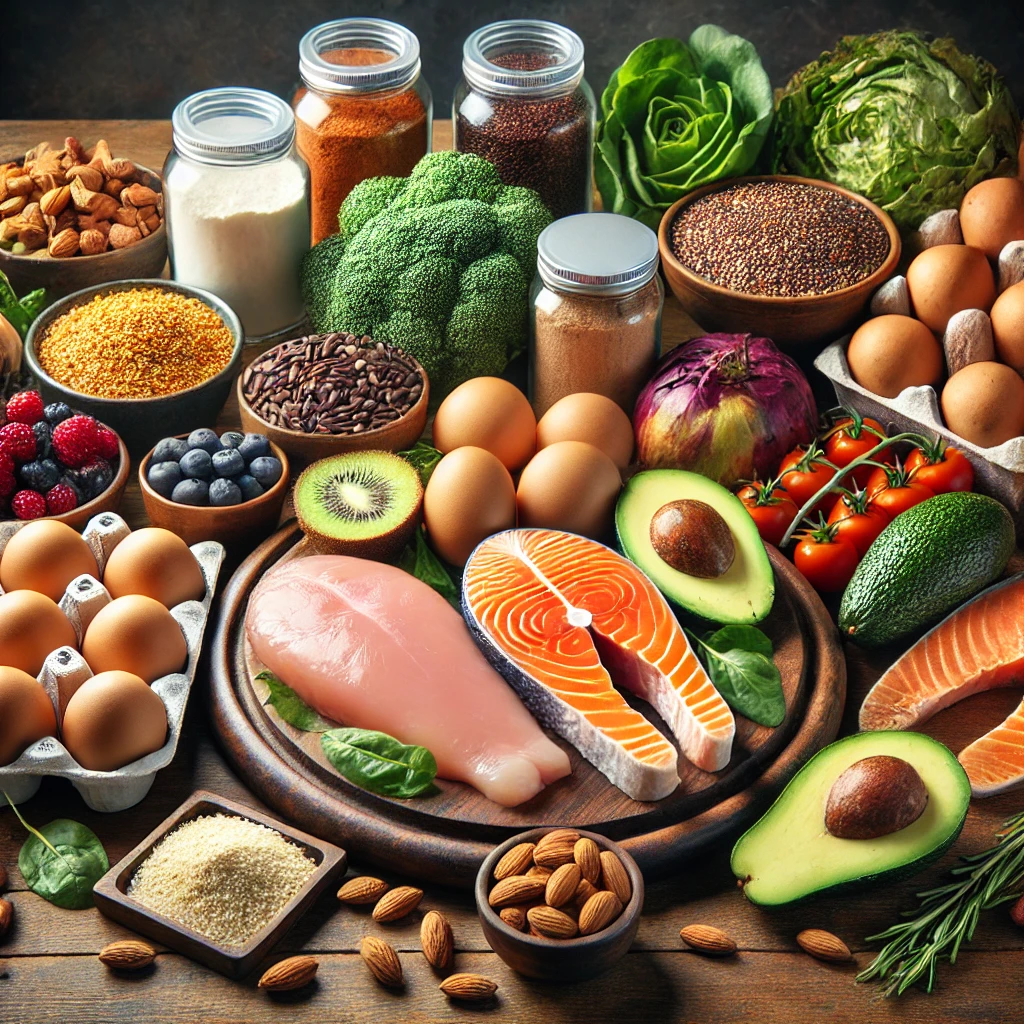
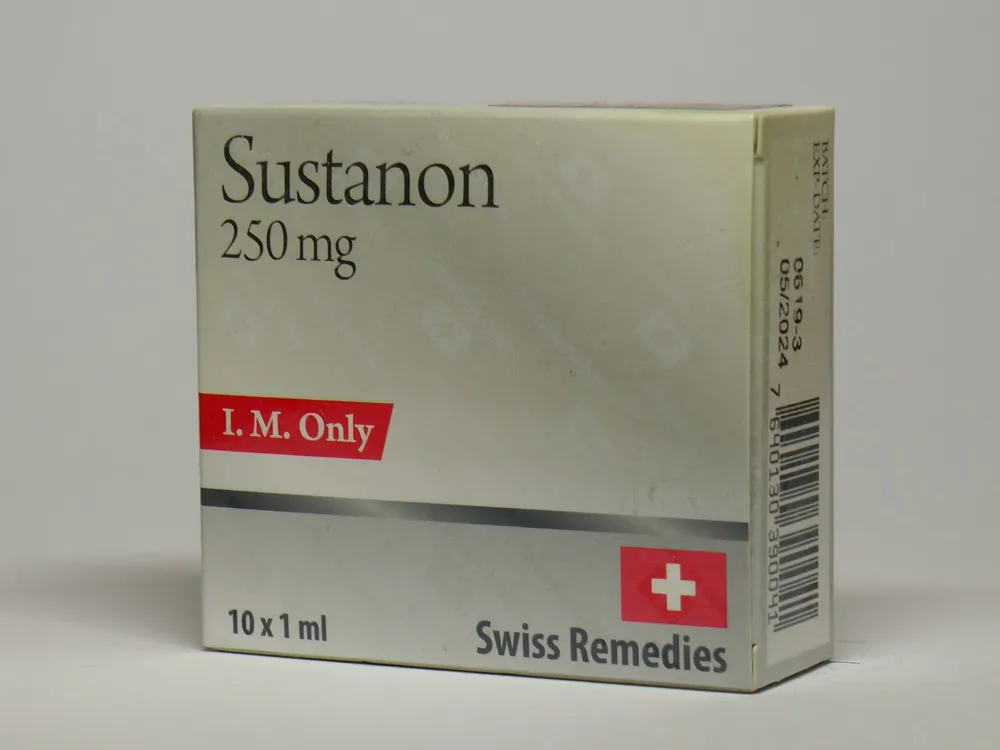
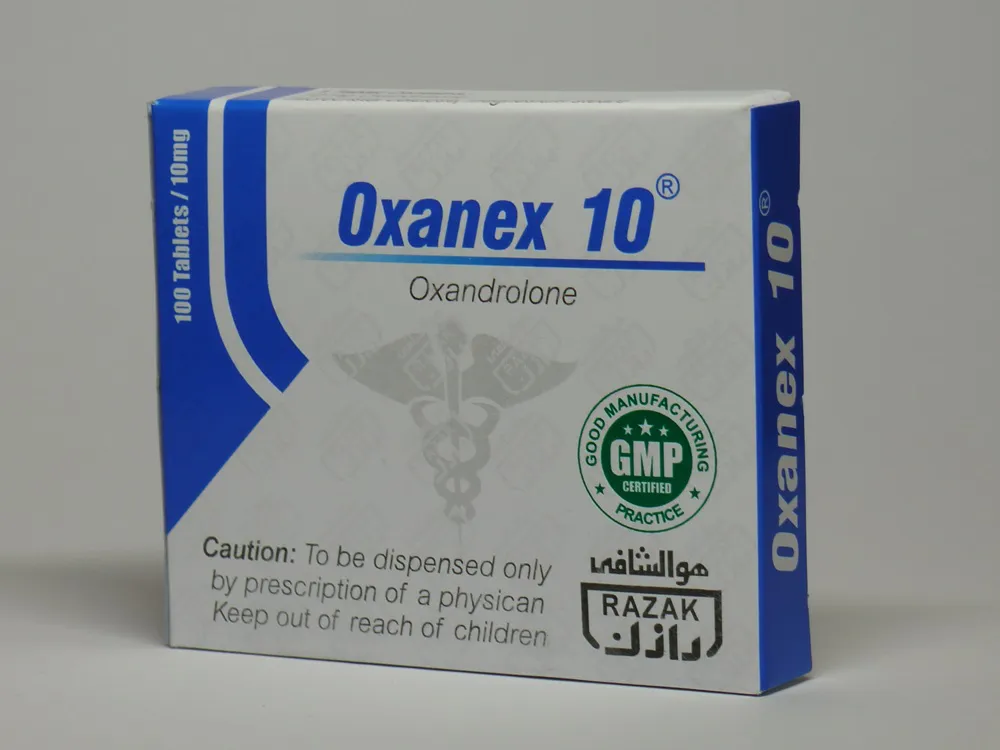
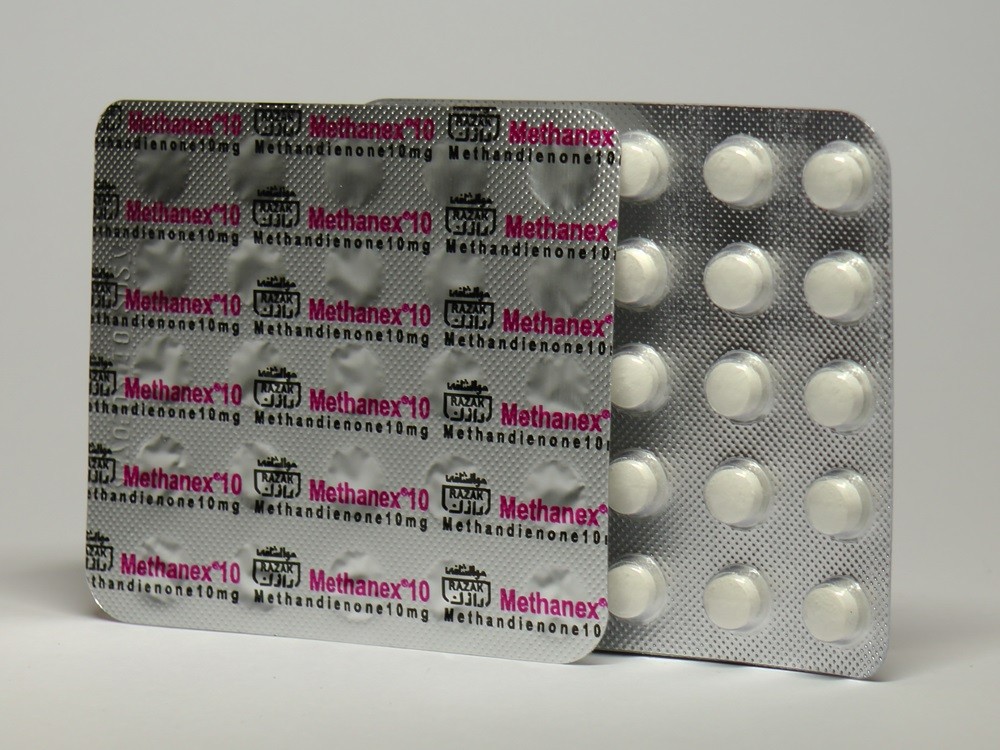
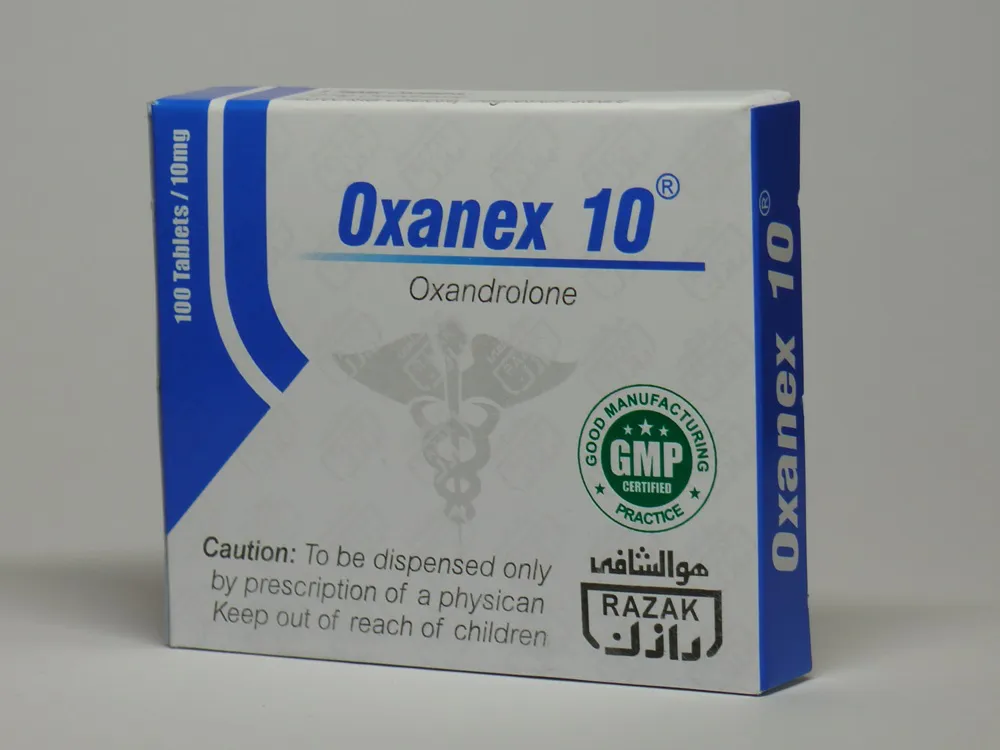
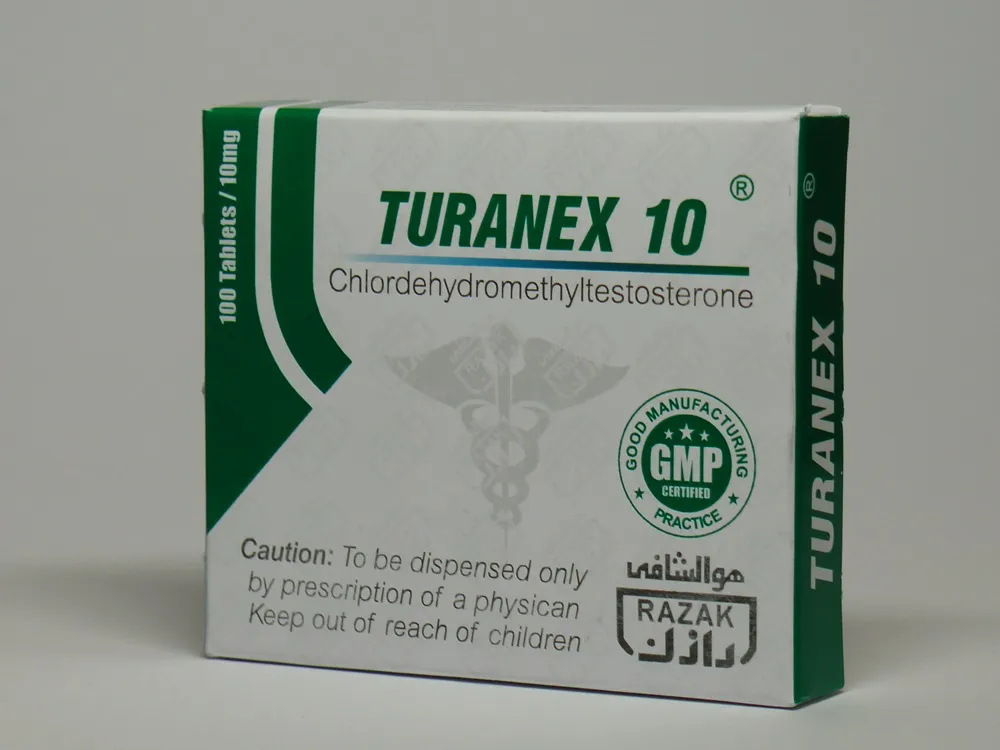
Leave a comment